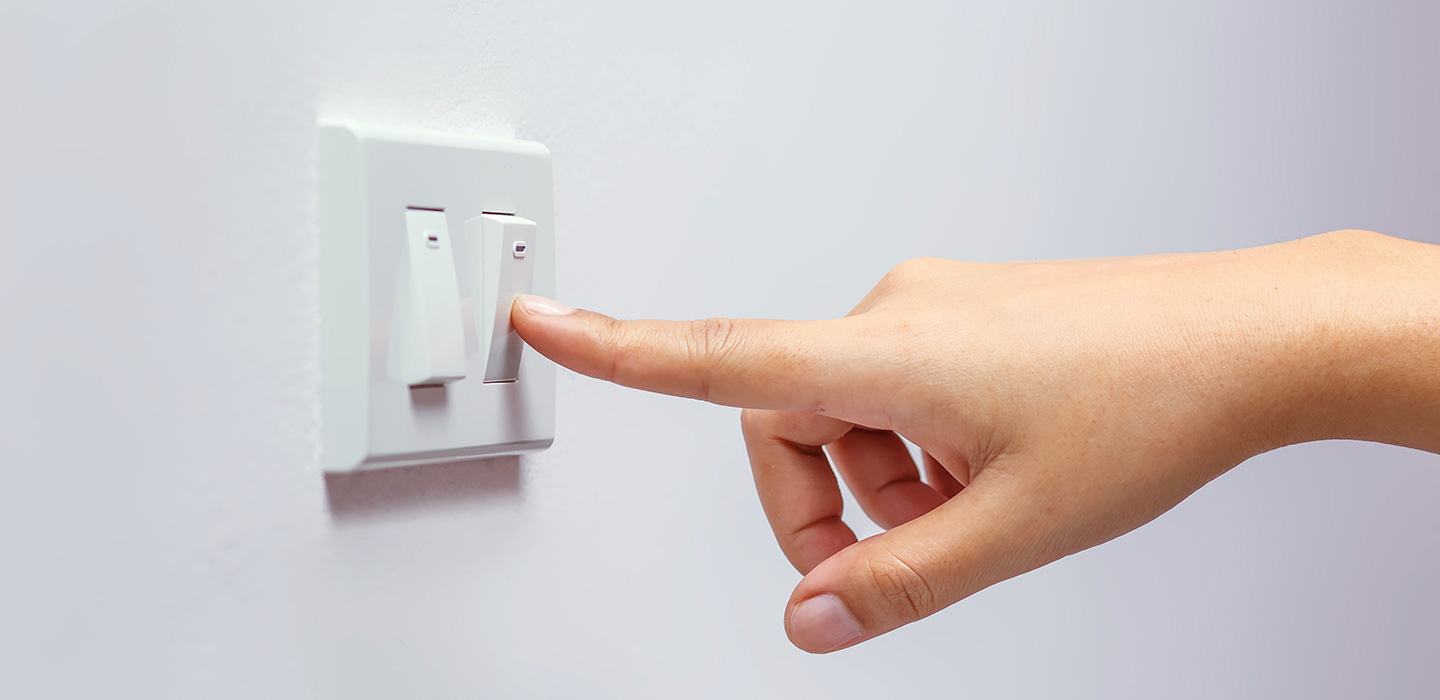Rising demand for energy is a global concern with electricity generation one of the leading sources of greenhouse gas emissions.
Household electricity consumption is growing at an alarming rate and Singapore is one of the highest per capita consumers in the world.
According to the World Bank, Singapore consumes 8,845 kilowatt hours (kwh) of electricity per capita, with air-conditioners and refrigeration appliances accounting for nearly two-thirds of household electricity bills.
That puts Singapore’s power consumption almost double Malaysia’s 4,596 kwh and higher than Japan (7,820 kwh) and Hong Kong (6,073 kwh).
Other than social campaigns instilling the save-energy theme and contests such as the recent Energy-Saving Challenge by the National Energy Agency (NEA), are there other simple steps to complement these measures?

Singapore is one of the highest per capita energy consumers in the world.
In collaboration with NEA, the National University of Singapore Business School and School of Design and Environment launched a study to see whether educating school children to nudge their family and neighbours would help reduce consumption.
Students from 30 primary and secondary schools took part in a three-month project where they were encouraged to reduce overall electricity usage at home by 10 per cent or more. Science and social studies teachers helped educate their classes on the hows and whys of energy conservation.
The children were then expected to take these messages home and coax family members as well as neighbours to do their part in reducing electricity usage.
As Singapore gives priority in school allocation to children living within a 2km radius from a school, it is reasonable to expect that if this were to work, the electricity consumption of households within the participating school zone would see a reduction in their utilities bill compared to households living further away.
We monitored the monthly electricity consumption of blocks of HDB flats and condominiums/apartments in three periods – before, during and after the project and compared between those living within and outside the 2km school boundary.
The simple act of getting children to coax their families to save worked.
On average, households within 2km of participating schools used 1.8 per cent less electricity than families outside the school zone.
Those living in private housing reduced their average monthly electricity consumption by 2.5 per cent, while HDB residents saw a decline of 0.9 per cent in electricity consumption as compared to those living beyond the boundary.
We also saw indications that the change in behaviour is persistent. After the project was completed, electricity consumption stayed at 1.6 per cent lower than before the project started.
We also noticed that the effectiveness of the nudging depended on whether the children were from primary or secondary school. Primary pupils appear to be more effective as households in the vicinity of participating primary schools reduced power consumption by 2.1 per cent compared to 1.5 per cent among those near participating secondary schools.
With rising electricity tariffs and the increasing need to conserve resources, Singaporean households can do their part by adopting energy-saving practices.
Simply getting children to persuade or remind their family members of these practices helps electricity conservation.






